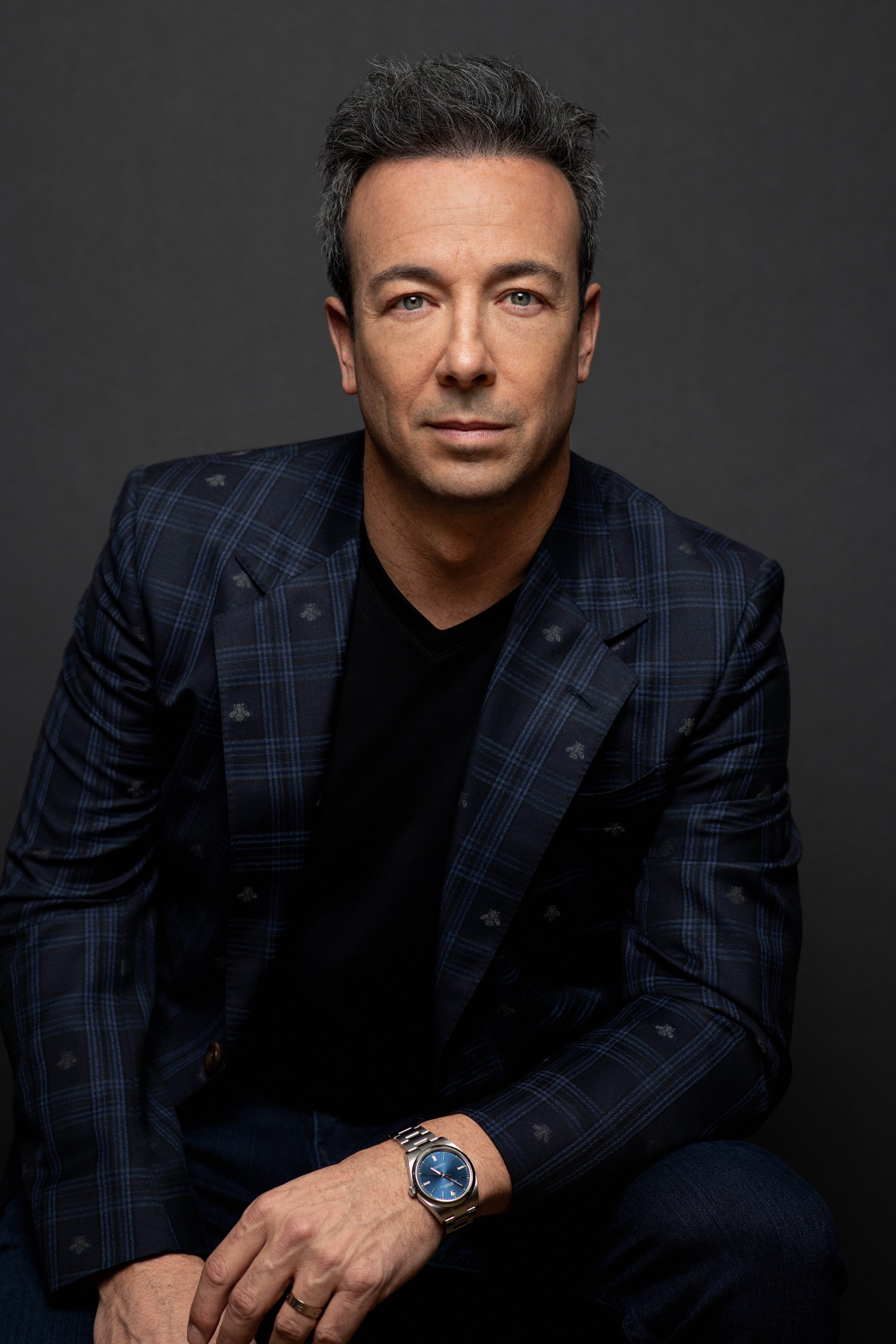Inside One Of The World’s Greatest Private Ferrari Collections
Billionaire real estate mogul Luc Poirier opens up about his jaw-dropping assemblage of Italian supercars.
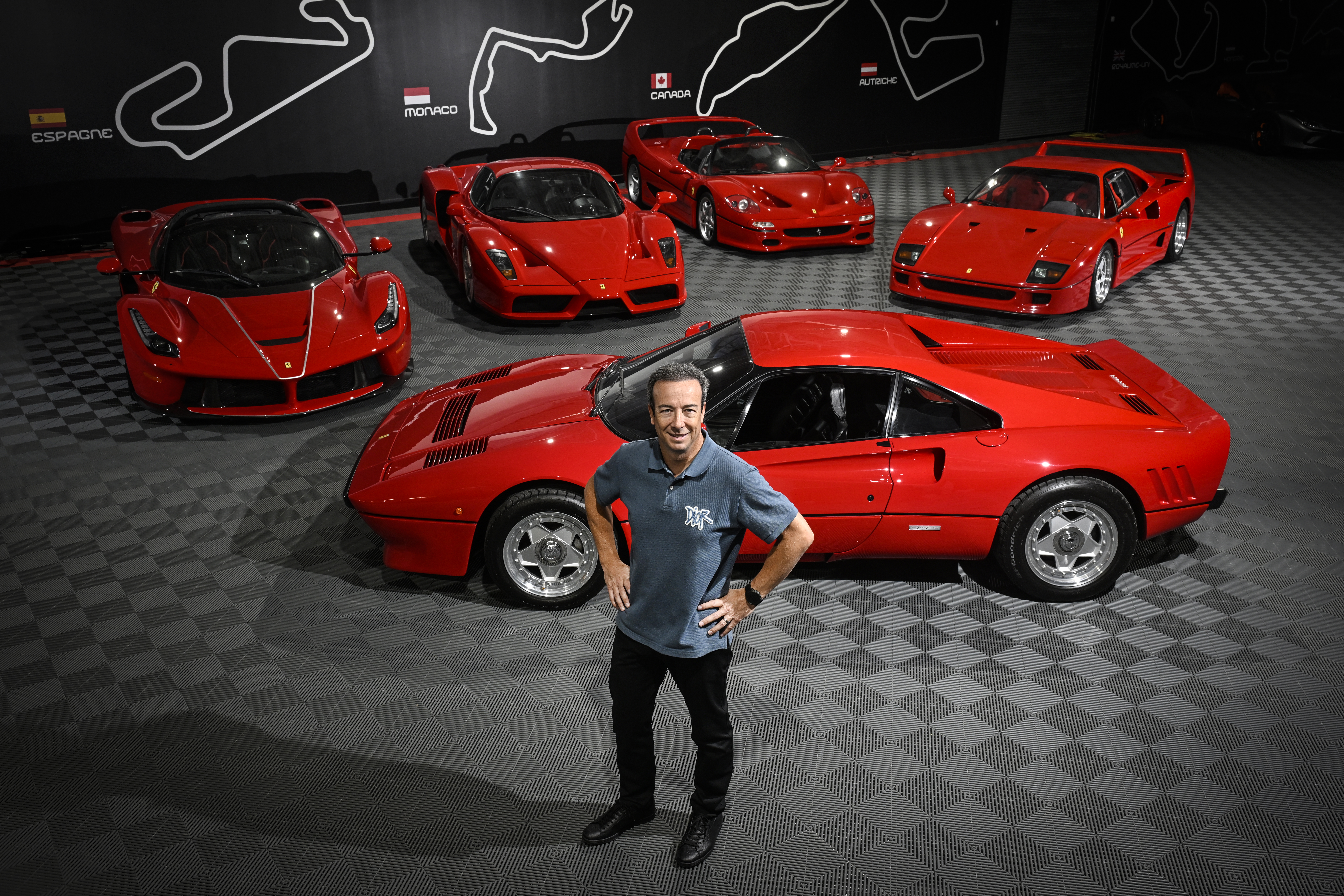
The Luc Poirier story is the actualization of the American Dream. Except it’s the Canadian version, as the prosperous real estate developer started writing his script from meager roots in Montreal.
Raised by a single mom in public housing, Luc learned from a young age how to flip a dollar: At 14, he started selling sports cards to pay for his hockey equipment. Soon he transitioned to reselling teen-coveted gear like t-shirts and snapbacks, and at 18 opened a small storefront selling floppy disks. When Luc discovered his landlord was going bankrupt he did what any eager entrepreneur would do: He decided to buy the place. And there launched one of Canada’s most thriving real estate empires.
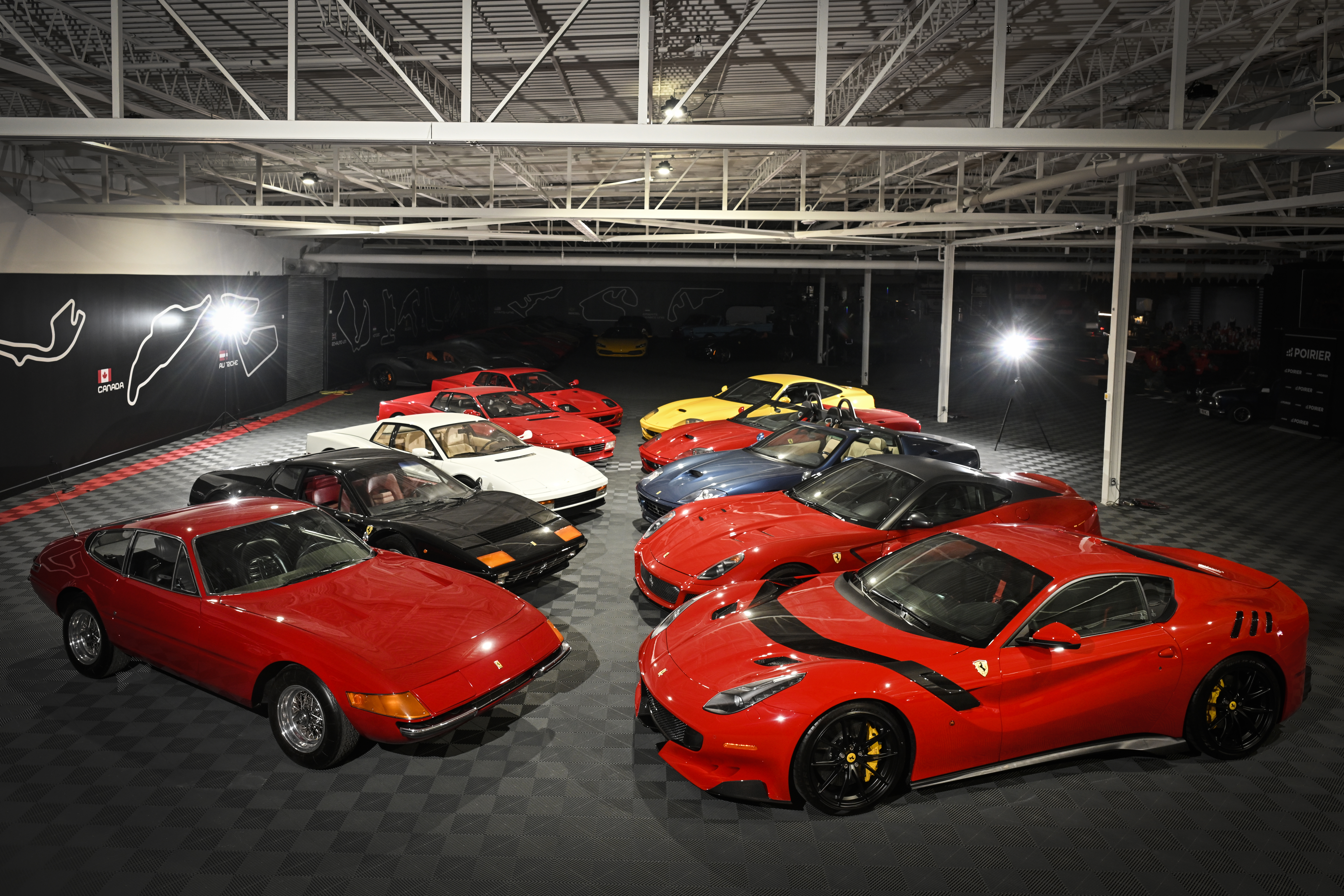
“I noticed I was making more money with the real estate than the business, and with way less effort, so this is how I ended up in real estate at 20 years old,” the billionaire reveals. While he added other endeavors to his CV such as distribution, import/export, restaurants, manufacturing, retail and more, the Québécois businessman now focuses entirely on land development.
“It allows me to spend more time with my friends and family,” he continues, “and to enjoy my many passions—like sports cars.” In fact Poirier now boasts one of the most comprehensive and eye-catching Ferrari collections in in the world. Here he discusses his incredible assemblage of Prancing Horses.
Is this the largest private Ferrari collection in North America?
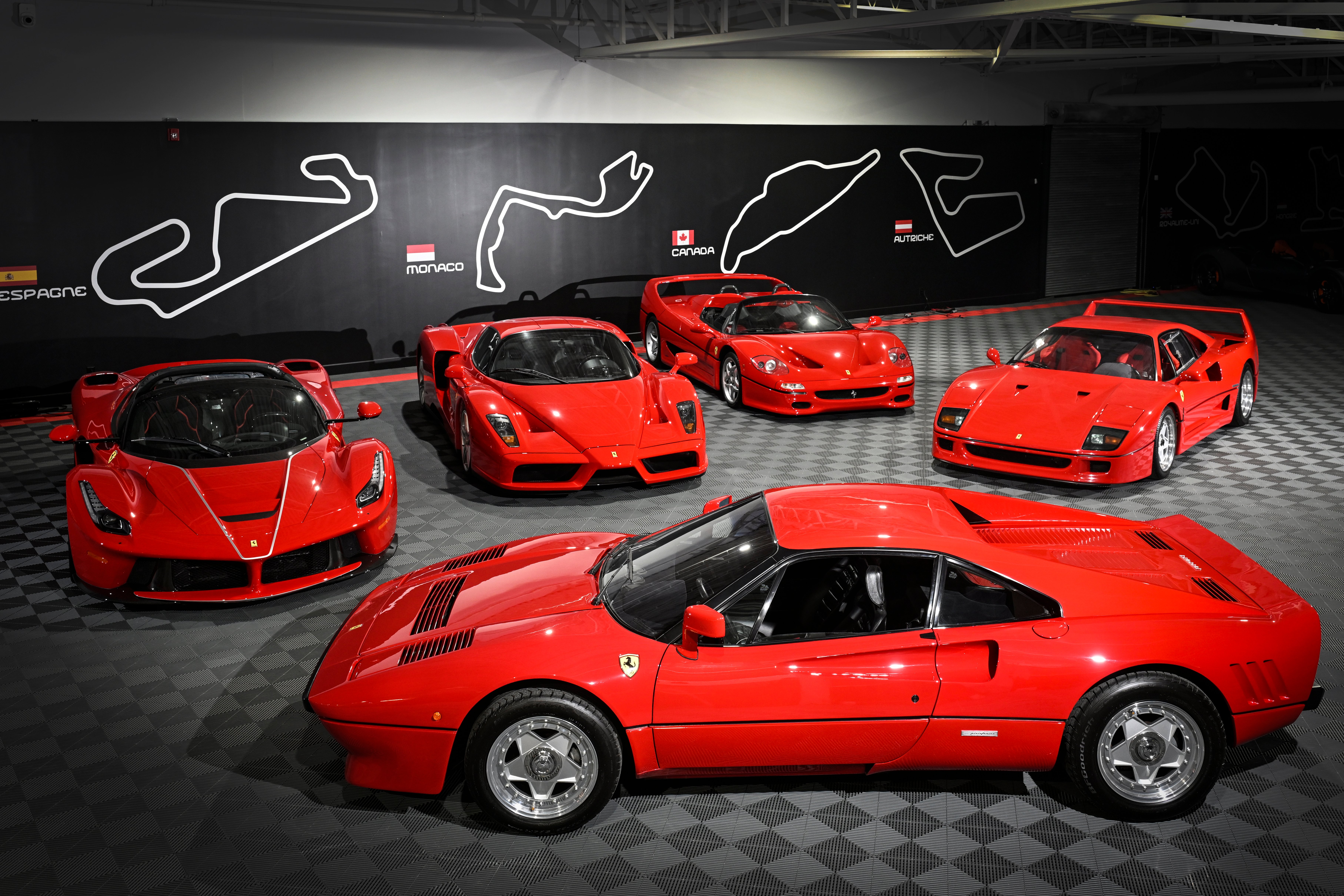
It is always hard to say, because a lot of collections are kept very private. I would certainly categorize it as one of the most complete Ferrari collections in North America. There are other collections with the Hyper 5—[LaFerrari Aperta, Enzo, F50, F40 and 288 GTO]—but only probably less than 30 in the world. And I doubt someone else has every V8 and V12 limited edition car, as well as every two-seater production Ferrari up to the 1970s.”
What was the very first car you bought?
The very first car was a 1987 Porsche 924 Turbo when I was only 16 years old. At the time I sold hockey cards and made it a lucrative business at 14 years old, allowing me to buy my first Porsche. I lived with my mother in a government-financed apartment and we were quite poor. A few days after I got the car the police came to ask questions, as it was not normal to have such an expensive car in this apartment’s parking lot. They thought it was stolen and asked to verify every serial number.
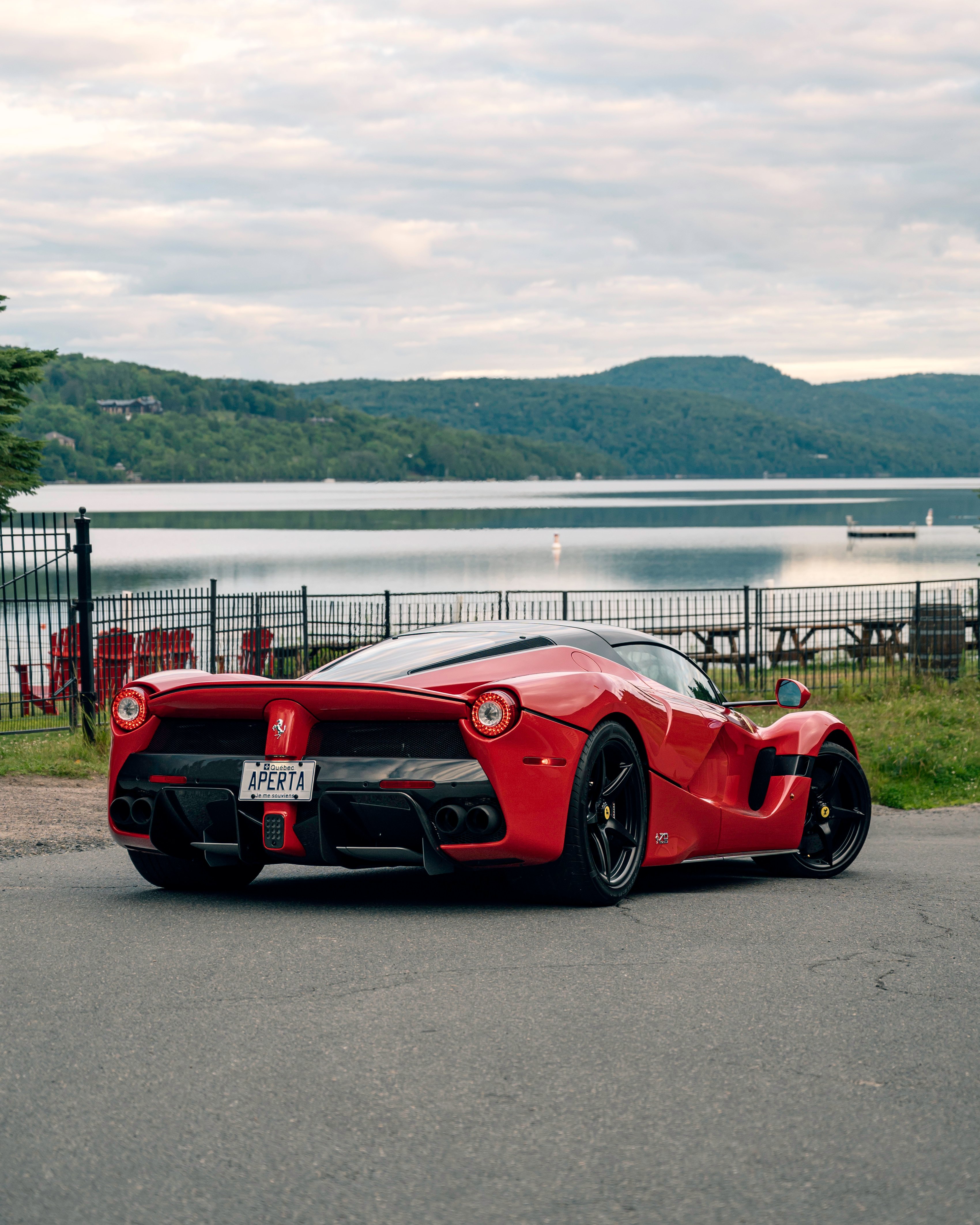
What an amazing start to your “hobby”—now the collection is the stuff of legend. How many vehicles do you own?
At the moment I own over 50 vehicles, including cars and motorcycles. In this collection I have Ferraris, Lamborghinis, McLarens, Porsches, Ducatis and a few other unique cars like the BMW Isetta, Mercedes Unimog and two Amphicar 770s from the 1960s. But mostly half of my collection are Ferraris, the brand I like most.
How many Ferraris do you now own? And what is it about the Maranello Scuderia that fascinates you?
I currently own 27 Ferraris. What I like about this brand is its strong motorsport background and the exclusivity. Ferrari has always been the first marque that comes to mind when thinking about performance and elegance, and this reputation still prevails. Their cars are all unique and limited production, also making them great investments. Another element I like in particular about Ferrari is that their cars are very easy to drive and not intimidating like some other supercars.
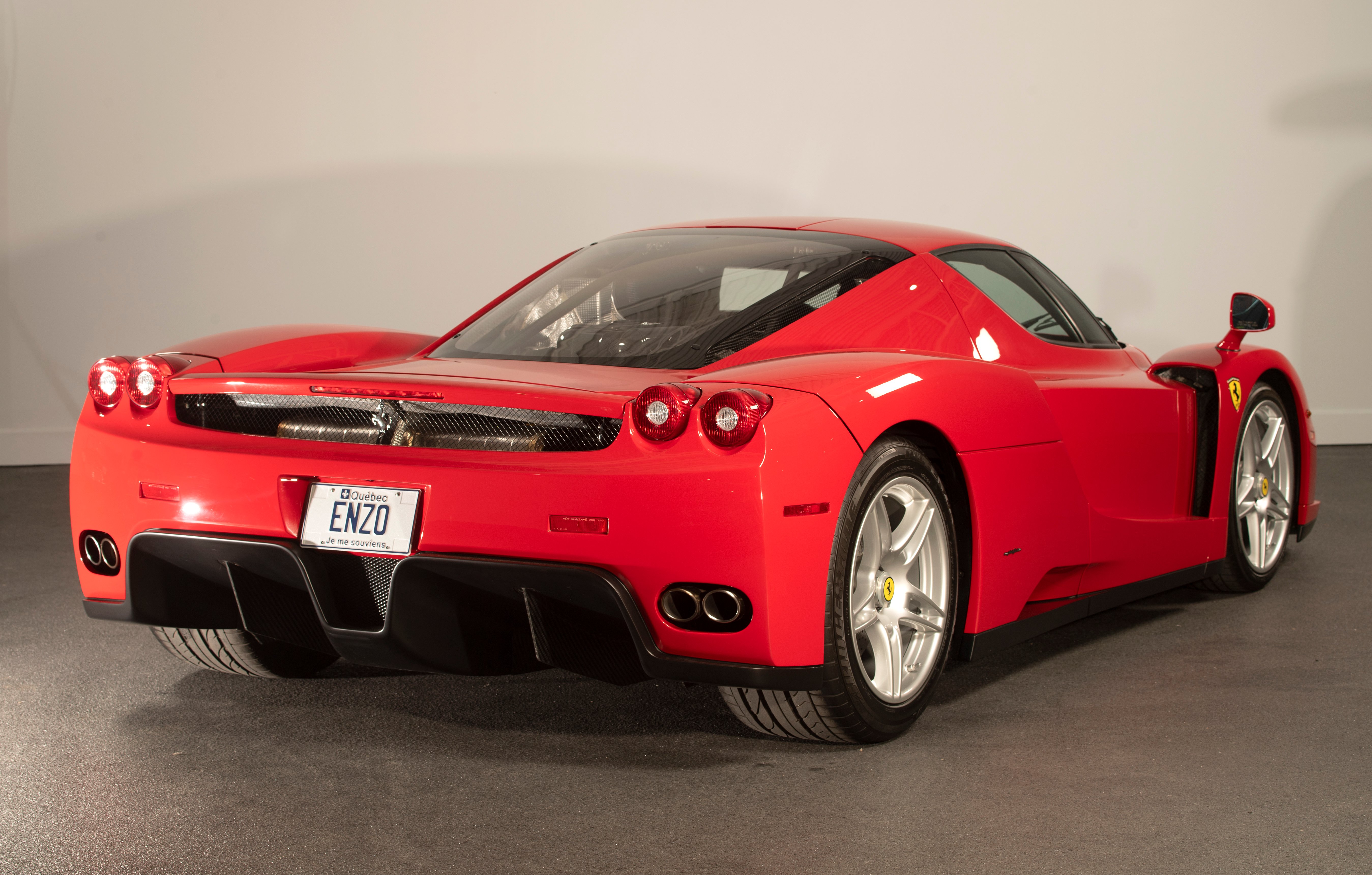
When you want to experience the racecar experience, there are always the special models like the Pista or the F12 TDF that are a completely different breed. That being said, I also enjoy driving my F8 Tributo as a daily driver in the summer. I’m also very proud to be the owner of set of all five supercars ever made by Ferrari: LaFerrari Aperta, Enzo, F50, F40 and 288 GTO. I had also an F60, one of only ten in the world, but I sold it two years ago. Except for the Daytona SP3, I own every road legal two-seater Ferrari built in more than 100 units since 1975, my year of birth.
Tell us about your favorite Prancing Horses.
I would say my all-time favorite Ferraris would be the Laferrari Aperta, Enzo, F8 Tributo, 458 Speciale and F12 TDF. The Aperta is the pinnacle of Ferrari, it’s their most exclusive hypercar. It’s such a special experience driving it, and it’s one of the most elegant cars ever produced in my opinion. I also love the Enzo as it’s a car that was well ahead of its time and ages very well; the Enzo still looks like a brand-new car with its modern design.
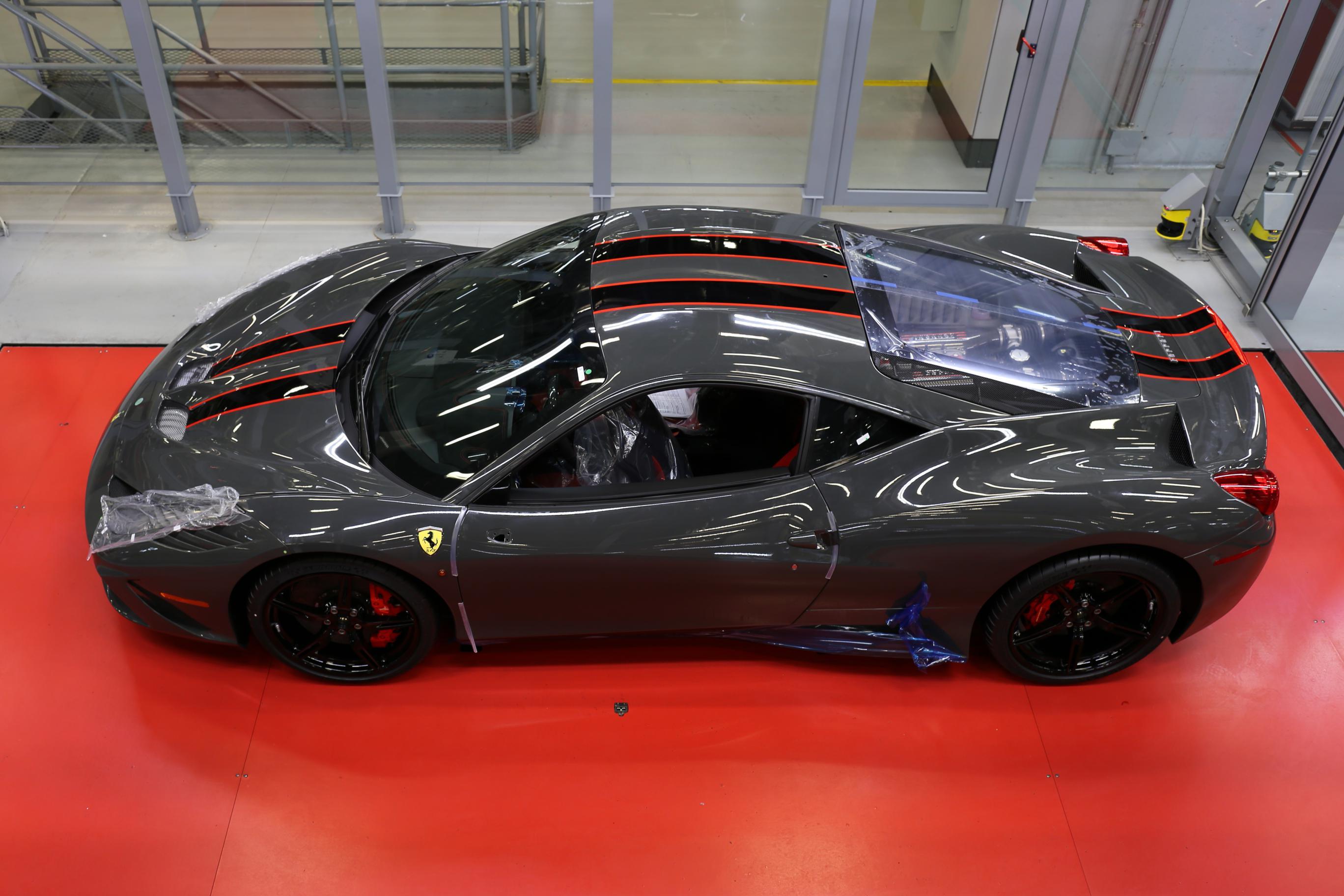
The F8 Tributo is not the most special Ferrari out there, but it’s a great car for daily driving as it’s comfortable, easy to drive, and very fast at the same time. The F12 TDF is a real gran turismo car with a huge reserve of torque if you want to go fast. For the F8 I decided to do a very different spec: The car is Silverstone grey with a satin paint-protection film, and a Hermès orange interior. I always wanted to have a Ferrari with the orange interior, and I love that it stands out.
I painted the brake calipers orange also and the whole result is very wow. In fact, for most of my V8 Ferraris I changed up the colors to have some diversity. The 458 Speciale is one of my favorites too, because it’s the last naturally aspirated V8 Ferrari ever produced and sounds like no other.
One unicorn is Micheal Schumacher’s F2004 Formula 1 car. Was it your first F1 racecar?
A few years ago I was offered a 2004 F1 car from Michael Schumacher. I could never say no to this, as it’s the most iconic F1 car in history: winning 13 races that year and marking the pinnacle of Ferrari in F1. It’s actually a rolling shell without the engine and transmission, but every part of it is real and could have been used during a race.
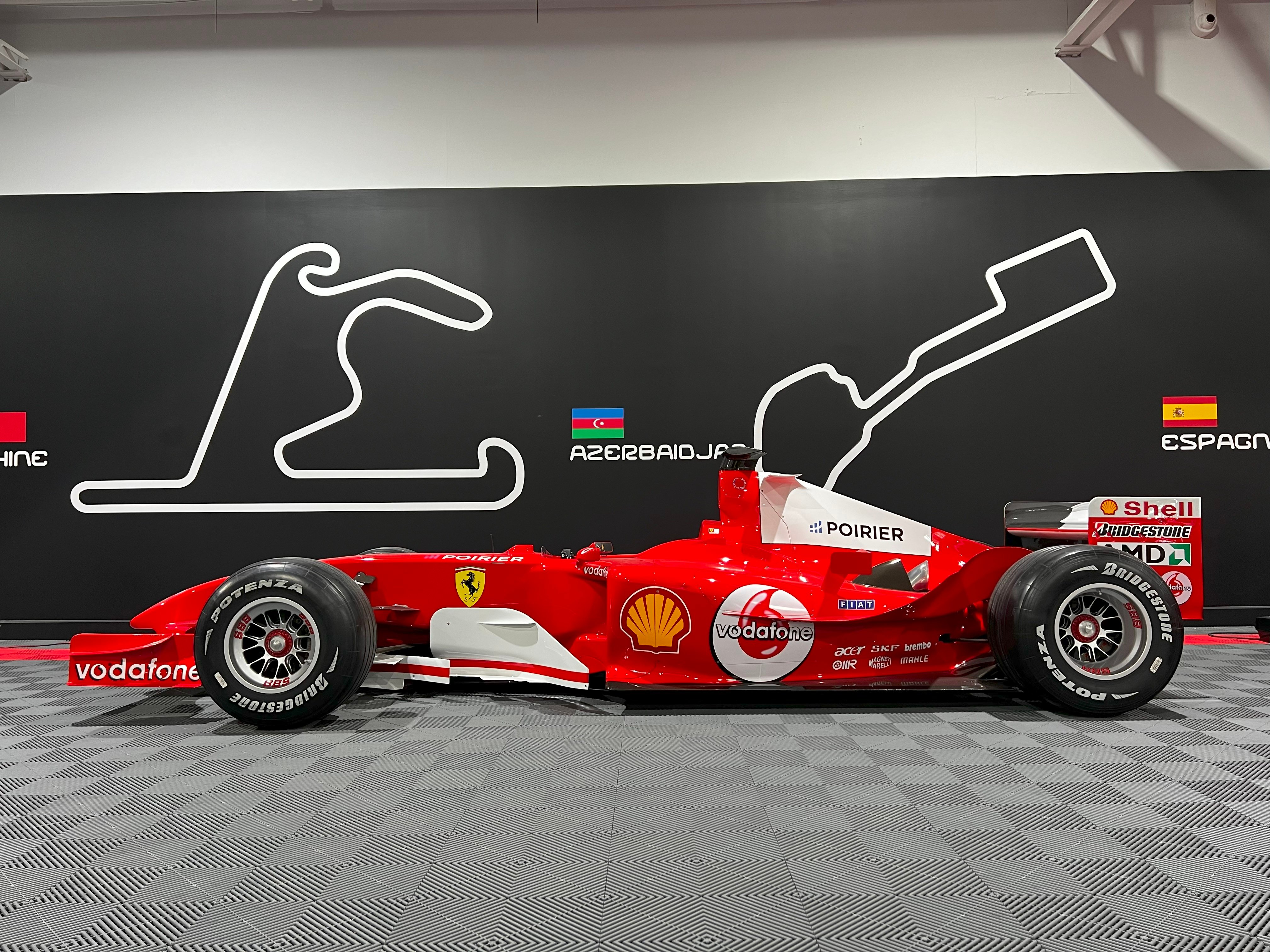
In fact the F2004 was so much faster than the previous car that the team thought something was illegal and started searching for things they might have missed in the rulebook. It was later found that it was legal, and it was simply a great design. It is my first purchase in terms of F1 cars, but I have tried to buy a car from the Gilles Villeneuve era before, and it is still on my list.
You also own the entire lineage of Ferrari’s mid-engined, V8 family. What enthralls you about this bloodline?
The V8 mid-engine cars have always been the core of Ferrari in my opinion. It’s these cars that keep the brand alive and allows them to create some very unique models out of passion. In 2000 I walked into a Ferrari dealership for the first time—I was nowhere close to having enough money to afford it, but I knew this would motivate me so I gave a deposit to have the first replacement model of the 360.
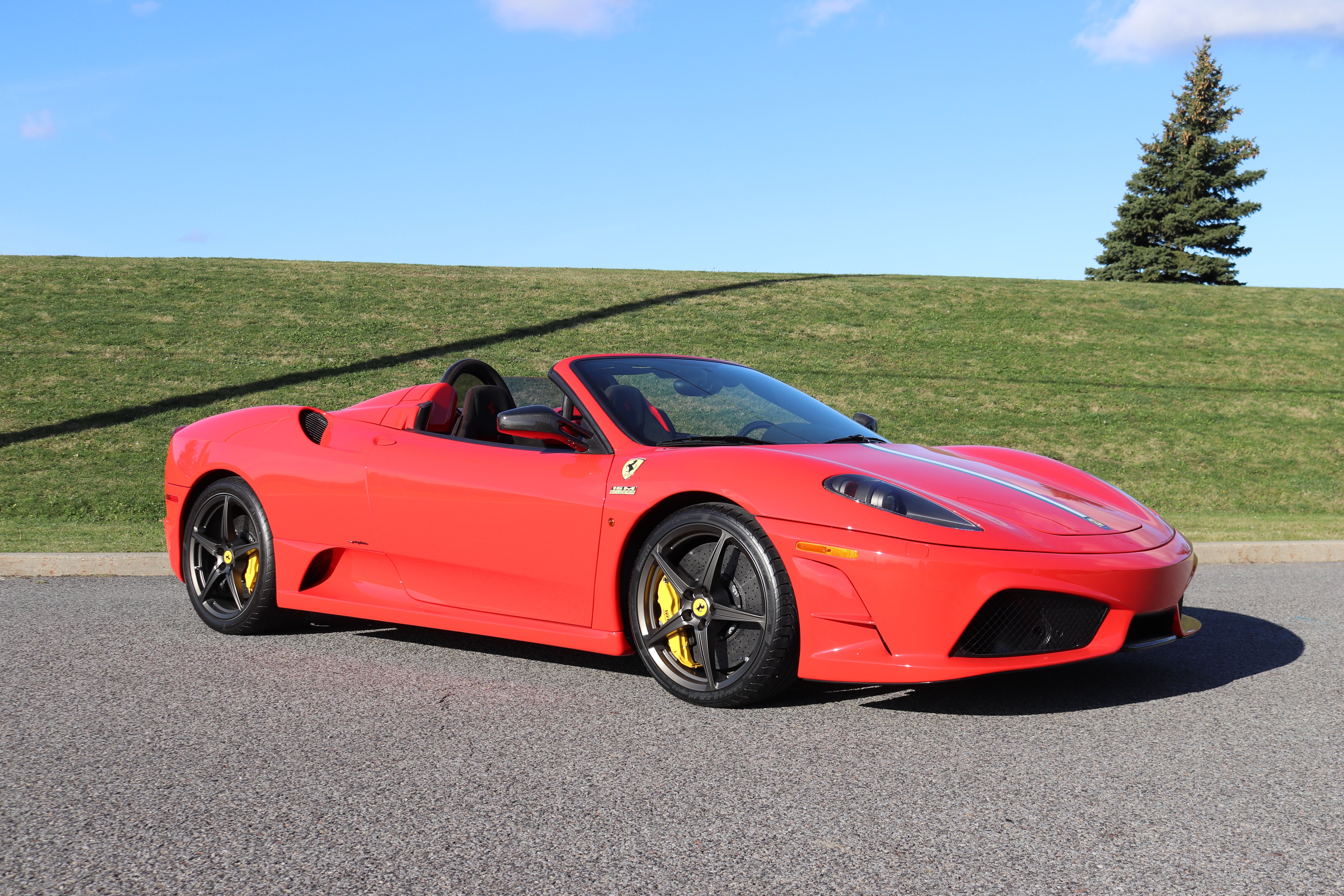
In 2004 I got my first Ferrari: an F430. I had reached my goal. The V8 mid-engine cars are so well balanced and enjoyable to drive, I have to say I prefer them over the V12s even if they are very different. The V12s are great for longer drives and have better storage, but they struggle to find traction and handle more like GT cars as they are meant to.
What’s missing from your collection?
I have acquired most of the cars I want, but there is always more to come. I was missing a 512BBi, 512TR and 550 Barchetta, but I found all three in Europe and they should arrive anytime now. My next Ferrari would be a 365 Daytona to complete the V12 lineup, and then I’ll try to get a Daytona SP3. I would also love owning a 250 GTO one day, but those cars go for more than $100 million these days—but it is still a goal of mine as it’s the most desirable Ferrari of all time.
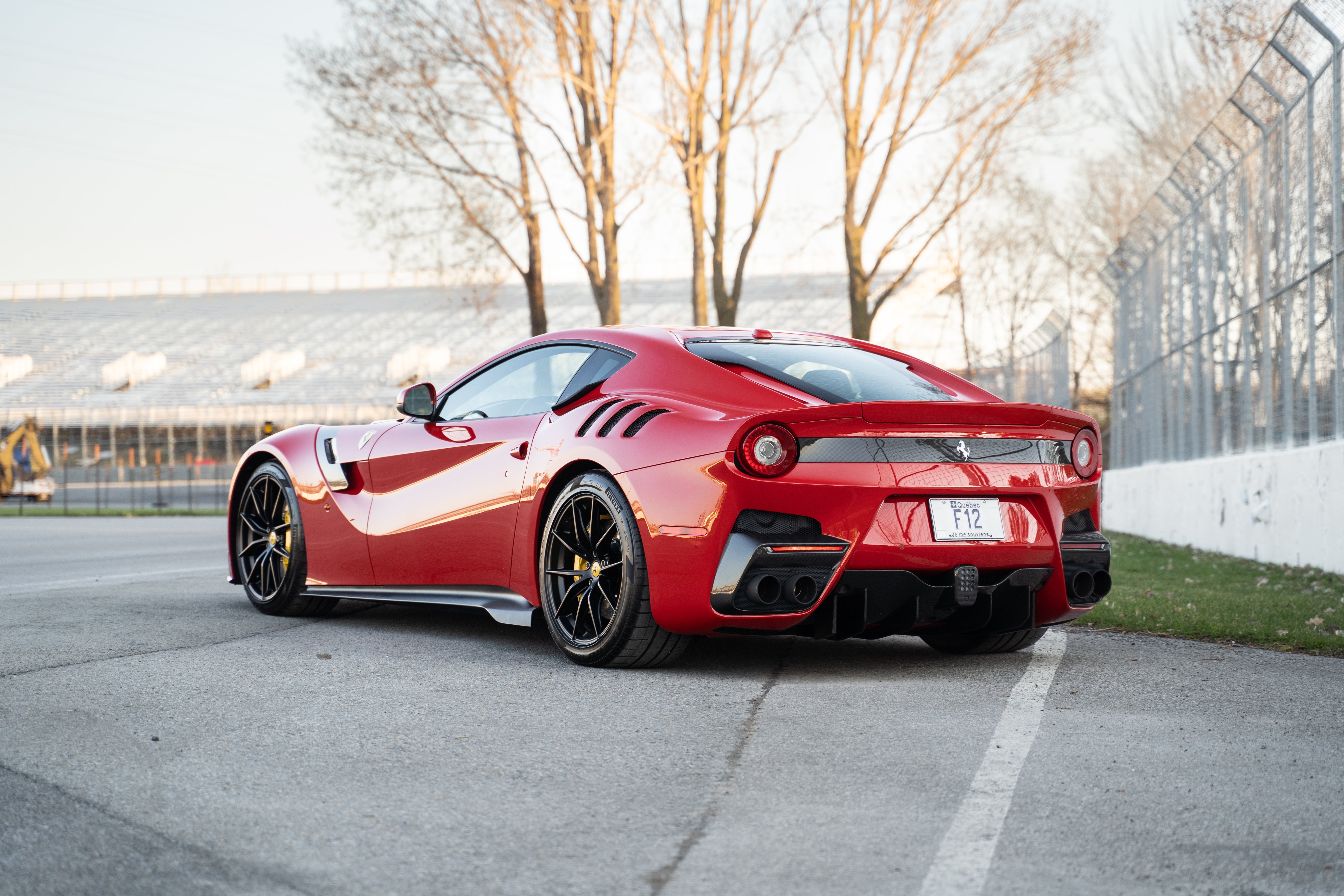
Any advice for someone just starting their Ferrari collecting?
The first thing to do is to start building a relationship with a Ferrari dealership. Ordering a new limited-edition Ferrari is a process that can take years, especially for the first one, if you’re lucky enough to be allowed an allocation in the first place. Also, you have to learn what the desirable models are; even if they are not the most expensive, some older limited-edition cars can be a great way to get your foot in the door. The 360 Challenge Stradale is a good example in my opinion.
Another piece of advice would be to never overlook the due diligence on a car. The maintenance on these cars gets very expensive after a few years, so it is tempting for owners to skip on maintenance over the years. Buying these cars that haven’t been maintained properly can be a very expensive lesson. And most parts on older cars are not even available anywhere, so it can be difficult to fix them.
